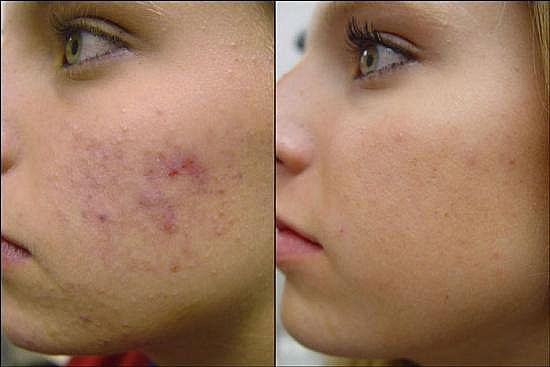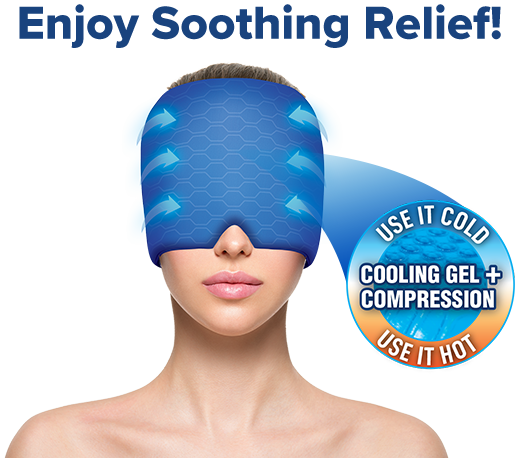10 Calcium Marks Removal Tips

Calcium marks, also known as lime scale or mineral deposits, can be a nuisance to deal with, especially when they appear on surfaces such as shower doors, sinks, and toilets. These unsightly marks are caused by the buildup of calcium and other minerals from hard water, and can be difficult to remove if not tackled promptly. Fortunately, there are several effective methods to remove calcium marks, and in this article, we will explore 10 tips to help you get rid of them.
Understanding Calcium Marks
Before we dive into the removal tips, it’s essential to understand what causes calcium marks. Hard water contains high levels of minerals such as calcium and magnesium, which can leave behind deposits when the water evaporates. These deposits can accumulate over time, forming unsightly marks on various surfaces. Regular cleaning can help prevent the buildup of these marks, but sometimes, more intensive methods are required to remove them completely.
1. Vinegar and Water Solution
One of the most effective and eco-friendly methods to remove calcium marks is by using a vinegar and water solution. Mix equal parts of white vinegar and water in a spray bottle. Spray the solution onto the affected area and let it sit for about 30 minutes to an hour. The acid in the vinegar will help break down the mineral deposits. After the waiting period, scrub the area with a non-abrasive sponge or cloth and rinse with warm water.
2. Baking Soda Paste
For more stubborn calcium marks, a baking soda paste can be a powerful solution. Mix baking soda with water to form a paste, and apply it to the affected area. Let it sit for several hours or overnight, covered with a damp cloth to prevent drying out. Then, scrub the area with a non-abrasive sponge and rinse with warm water. The abrasive nature of baking soda helps in removing the mineral deposits without scratching the surface.
3. Lemon Juice
Lemon juice is another natural acid that can help dissolve calcium marks. Apply lemon juice directly to the mark, let it sit for about 30 minutes, and then scrub and rinse as usual. The citric acid in lemons is gentler than vinegar, making it suitable for surfaces that might be damaged by stronger acids.
4. Descaling Solutions
For severe cases or for surfaces that are frequently exposed to hard water, a descaling solution might be necessary. These products are specifically designed to remove mineral deposits and can be found in most hardware stores or home improvement centers. Always follow the manufacturer’s instructions for application and safety precautions.
5. CLR (Calcium, Lime, and Rust) Remover
CLR is a powerful cleaner designed to remove calcium, lime, and rust from various surfaces. However, it’s essential to use CLR with caution, as it can be harsh on some materials. Always read the label and test a small area first to ensure it doesn’t damage the surface.
6. Hydrogen Peroxide
Hydrogen peroxide can also be used to remove calcium marks, especially on lighter surfaces. Apply hydrogen peroxide to the affected area, let it sit for a few minutes, and then rinse with warm water. Be cautious when using hydrogen peroxide, as it can act as a bleach and lighten certain materials.
7. Bar Keepers Friend
Bar Keepers Friend is a powdered cleanser that can be effective in removing calcium marks from porcelain, ceramic, and other surfaces. Apply the powder to the affected area, add a little water to make a paste, and scrub gently. Rinse thoroughly with warm water.
8. Pumice Stone
For removing calcium marks from toilet bowls or other porcelain surfaces, a pumice stone can be very effective. Wet the stone and the surface, and gently rub the stone over the calcium marks. Be cautious not to scratch the surface. Rinse the area thoroughly afterward.
9. Scale Magic
Scale Magic is another product designed to remove mineral deposits. It’s safe to use on most surfaces and is particularly effective for removing calcium marks from glass shower doors and windows.
10. Regular Maintenance
The best way to deal with calcium marks is to prevent them from forming in the first place. Regular cleaning with a mild detergent can help remove mineral deposits before they become stubborn marks. For areas frequently exposed to hard water, consider using a water softener or a product that prevents scale buildup.
Conclusion
Removing calcium marks can be a challenging task, but with the right approach and cleaning solutions, it’s definitely possible. Whether you’re dealing with a small stain or a large-scale mineral deposit buildup, there’s a method among these tips that can help. Remember to always test a small area first when trying a new cleaning solution to ensure it doesn’t damage the surface. By following these tips and maintaining regular cleaning habits, you can keep your home free from unsightly calcium marks.
How can I prevent calcium marks from forming in the first place?
+Preventing calcium marks involves regular maintenance and possibly using a water softener. Regularly clean surfaces exposed to hard water with a mild detergent. For areas like shower heads and faucets, soaking them in a vinegar solution periodically can help prevent mineral buildup.
What is the most effective method to remove stubborn calcium marks?
+The most effective method often involves using a descaling solution or products specifically designed to remove calcium and lime deposits. However, the effectiveness can depend on the surface type and the severity of the marks. Always test a small area first to ensure the product doesn’t damage the surface.
Can I use these methods on any surface?
+No, not all surfaces can be treated with the same methods. Some surfaces, like marble or limestone, are sensitive to acid and should be cleaned with gentle, non-acidic products. Always read the label and test a small, inconspicuous area of the surface before applying any cleaning solution to ensure it won’t cause damage.

